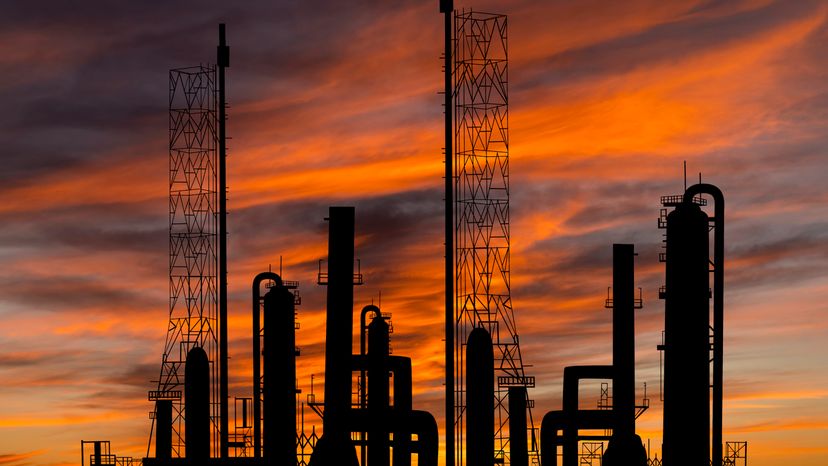
If you want to make a high-power 4-stroke engine, there are a couple of different ways to accomplish your goal. One way is to increase the displacement. Another is to stuff more air into the engine with a turbocharger or a supercharger. If you want to go to extremes, you would replace gasoline altogether and use a more energetic fuel. Top fuel dragsters do all three.
A "nitro-burning" engine and a "top fuel" engine are the same thing -- engines designed to burn nitromethane rather than gasoline. Gasoline is a hydrocarbon, and the common chemical formula for gasoline is C8H18. Nitromethane has the formula CH3NO2. Nitromethane is a little like gasoline that has been pre-mixed with nitrous oxide. The fuel comes with its own oxygen atoms to help it burn.
Advertisement
The big advantage of nitromethane is that you can get a lot more power from each explosion inside the engine. Pound for pound, nitromethane is less energetic than gasoline, but you can burn a lot more nitromethane in a cylinder. The net result is more power per stroke. You typically need about 15 pounds of air to burn 1 pound of gasoline, whereas you need only 1.7 pounds of air to burn 1 pound of nitromethane. This means that, compared to gasoline, you can pump about 8 times more nitromethane into a cylinder of a given volume and still get complete combustion.
Since nitromethane is not as dense as gasoline in terms of energy, you do not get an 8-time improvement in terms of power. It is more like a 2.5-time improvement (see this page for a comparison). Still, you can double or triple your engine's horsepower simply by changing the fuel. That's a huge improvement!
A typical drag-racing engine has a displacement of 8.9 liters, is supercharged and produces about 6,000 horsepower. It can burn close to a gallon (4 liters) of nitromethane per second! To put that in perspective, there is something like 2 teaspoons (10 cc) of nitromethane being poured into each cylinder per intake stroke.
An interesting thing about nitromethane is that it does not burn as quickly as gasoline. In fact, there is not enough time to burn all of the nitromethane between when the spark plug fires and when the exhaust valve opens. So the engine is pumping still-burning nitromethane into the exhaust pipe. That's why you see flames shooting out of the exhaust of a drag-racing car.
Here are some interesting links:
Advertisement